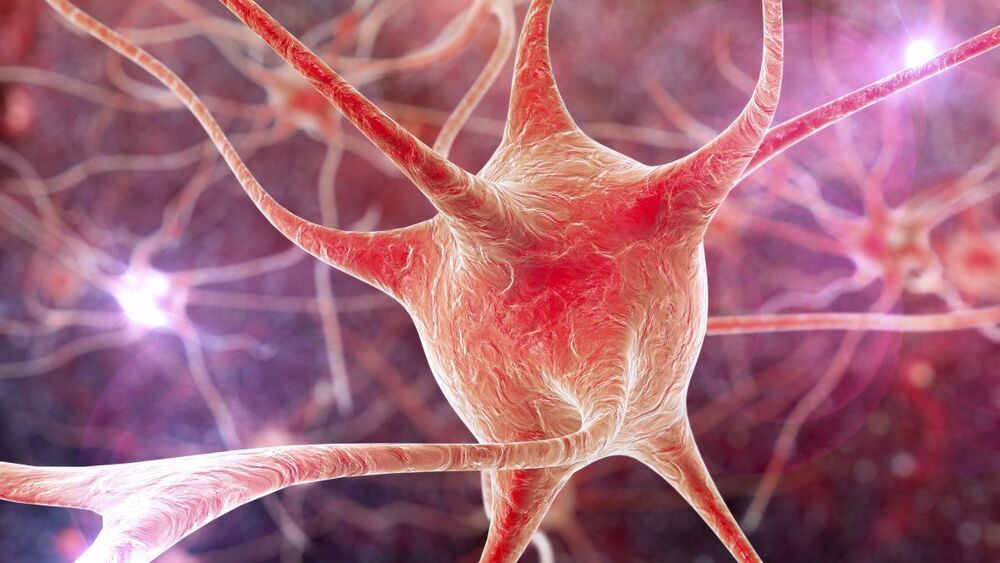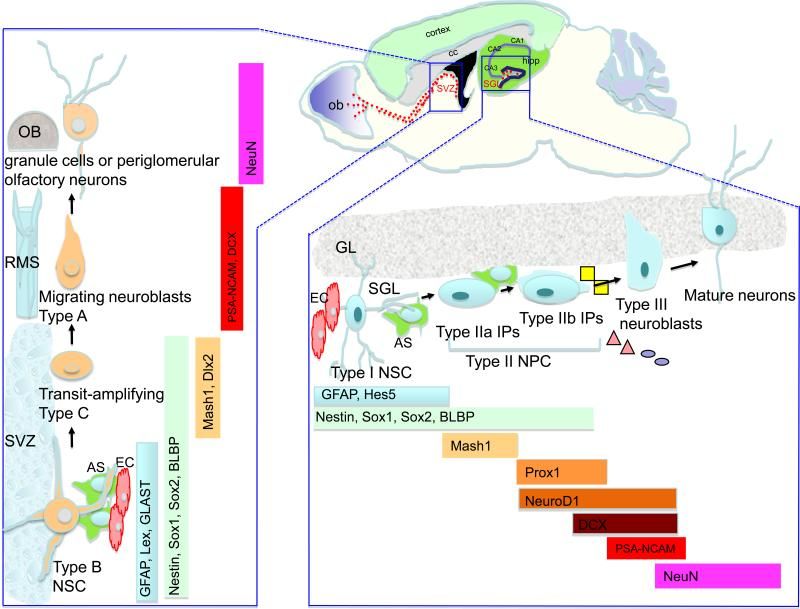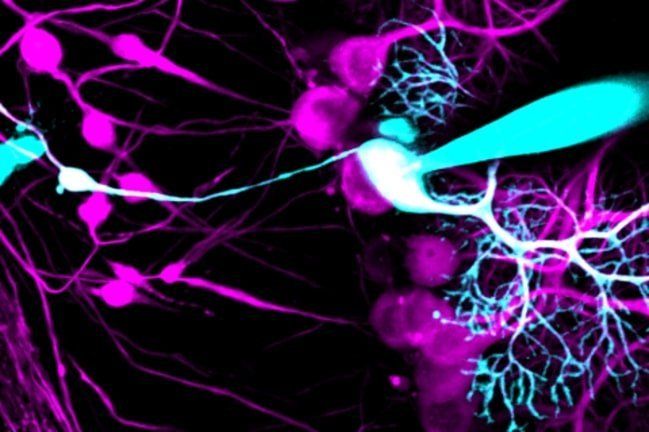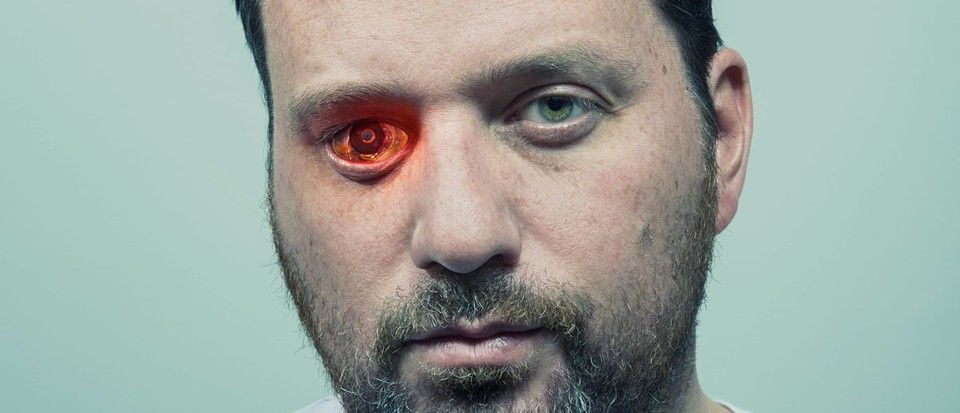After 50 years of searching, neuroscientists have found what could be called “grandmother neurons,” they are reporting.



Summary: Infant boys with a gut bacterial composition high in Bacteroidetes were found to have more advanced cognitive and language skills one year later compared to boys with lower levels of the bacteria.
Source: University of Alberta.
The University of Alberta-led research followed more than 400 infants from the CHILD Cohort Study (CHILD) at its Edmonton site. Boys with a gut bacterial composition that was high in the bacteria Bacteroidetes at one year of age were found to have more advanced cognition and language skills one year later. The finding was specific to male children.


Emotion regulation is an essential aspect of mental health and wellbeing. In fact, past studies have found associations between poor emotion regulation and several psychiatric disorders, including bipolar disorder, borderline personality disorder and complex post-traumatic stress disorder (PTSD).
During their everyday life, humans can regulate their negative emotions in different ways, most of which do not require any conscious cognitive engagement. For instance, they might take a bath, step outside for fresh air or listen to music.
Researchers at Radboud University Nijmegen in The Netherlands, the Norwegian University of Science and Technology (NTNU), and University Hospital Aachen, Germany have recently carried out a study aimed at investigating the effects of a short-term musical training on implicit emotion regulation. Their paper, published in BMC Neuroscience, specifically examined whether musical training helped people to reduce the negative emotions elicited by unpleasant or disgusting odors.
Daniel Schmachtenberger is a philosopher and founding member of The Consilience Project. Please support this podcast by checking out our sponsors:
- Ground News: https://ground.news/lex.
- NetSuite: http://netsuite.com/lex to get free product tour.
- Four Sigmatic: https://foursigmatic.com/lex and use code LexPod to get up to 60% off.
- Magic Spoon: https://magicspoon.com/lex and use code LEX to get $5 off.
- BetterHelp: https://betterhelp.com/lex to get 10% off.
EPISODE LINKS:
Daniel’s Website: https://civilizationemerging.com/
The Consilience Project: https://consilienceproject.org/
PODCAST INFO:
Podcast website: https://lexfridman.com/podcast.
Apple Podcasts: https://apple.co/2lwqZIr.
Spotify: https://spoti.fi/2nEwCF8
RSS: https://lexfridman.com/feed/podcast/
Full episodes playlist: https://www.youtube.com/playlist?list=PLrAXtmErZgOdP_8GztsuKi9nrraNbKKp4
Clips playlist: https://www.youtube.com/playlist?list=PLrAXtmErZgOeciFP3CBCIEElOJeitOr41
OUTLINE:
0:00 — Introduction.
1:31 — Aliens and UFOs.
20:15 — Collective intelligence of human civilization.
28:12 — Consciousness.
39:33 — How much computation does the human brain perform?
43:12 — Humans vs ants.
50:30 — Humans are apex predators.
57:34 — Girard’s Mimetic Theory of Desire.
1:17:31 — We can never completely understand reality.
1:20:54 — Self-terminating systems.
1:31:18 — Catastrophic risk.
2:01:30 — Adding more love to the world.
2:28:55 — How to build a better world.
2:46:07 — Meaning of life.
2:53:49 — Death.
2:59:29 — The role of government in society.
3:16:54 — Exponential growth of technology.
4:02:35 — Lessons from my father.
4:08:11 — Even suffering is filled with beauty.
SOCIAL:
- Twitter: https://twitter.com/lexfridman.
- LinkedIn: https://www.linkedin.com/in/lexfridman.
- Facebook: https://www.facebook.com/lexfridman.
- Instagram: https://www.instagram.com/lexfridman.
- Medium: https://medium.com/@lexfridman.
- Reddit: https://reddit.com/r/lexfridman.
- Support on Patreon: https://www.patreon.com/lexfridman

Circa 2010
In this review, we consider the evidence that a reduction in neurogenesis underlies aging-related cognitive deficits, and impairments in disorders such as Alzheimer’s disease (AD). The molecular and cellular alterations associated with impaired neurogenesis in the aging brain are discussed. Dysfunction of presenilin-1, misprocessing of amyloid precursor protein and toxic effects of hyperphosphorylated tau and β-amyloid likely contribute to impaired neurogenesis in AD. Since factors such as exercise, enrichment and dietary energy restriction enhance neurogenesis, and protect against age-related cognitive decline and AD, knowledge of the underlying neurogenic signaling pathways could lead to novel therapeutic strategies for preserving brain function. In addition, manipulation of endogenous neural stem cells and stem cell transplantation, as stand-alone or adjunct treatments, seem promising.
There is a progressive decline in the regenerative capacity of most organs with increasing age, resulting in functional decline and poor repair from injury and disease. Once thought to exist only in high turnover tissues, such as the intestinal lining or bone marrow, it now appears that most tissues harbor stem cells that contribute to tissue integrity throughout life. In many cases, stem cell numbers decrease with age, suggesting stem cell aging may be of fundamental importance to the biology of aging (for review, see Ref. [1]). Therefore, understanding the regulation of stem cell maintenance and/or activation is of considerable relevance to understanding the age-related decline in maintaining tissue integrity, function, and regenerative response.
The adult brain contains neural stem cells (NSCs) that self-renew, proliferate and give rise to neural progenitor cells (NPC) that exhibit partial lineage-commitment. Following several cycles of proliferation, NPC differentiate into new neurons and glia. NSCs are increasingly acknowledged to be of functional significance and harbor potential for repair of the diseased or injured brain. The dramatic decline in neurogenesis with age is thought to underlie impairments in learning and memory, at least in part. Aging is also the greatest risk factor for Alzheimer’s disease (AD), a neurodegenerative disease characterized by progressive loss of memory and cognitive decline. Alterations in neurogenesis have been described extensively in animal models of AD, and key proteins involved in AD pathogenesis are shown to regulate neurogenesis.

Many people with rheumatoid arthritis, or RA, report having trouble thinking clearly, problems with memory, and difficulty concentrating.
These symptoms, known as brain fog, are widespread in people with chronic inflammatory conditions, including RA, Sjogren’s syndrome, and multiple sclerosis.

If you want to learn, then you have to break some things.
Summary: Brain cells snap DNA in more places and in more cell types than previously realized in order to express genes for learning and memory.
Source: Picower Institute for Learning and Memory
The urgency to remember a dangerous experience requires the brain to make a series of potentially dangerous moves: Neurons and other brain cells snap open their DNA in numerous locations—more than previously realized, according to a new study—to provide quick access to genetic instructions for the mechanisms of memory storage.
The extent of these DNA double-strand breaks (DSBs) in multiple key brain regions is surprising and concerning, said study senior author Li-Huei Tsai, Picower Professor of Neuroscience at MIT and director of The Picower Institute for Learning and Memory, because while the breaks are routinely repaired, that process may become more flawed and fragile with age. Tsai’s lab has shown that lingering DSBs are associated with neurodegeneration and cognitive decline and that repair mechanisms can falter.

Summary: Axonal swelling in the Purkinje cells of mice had no detrimental impact on firing rate or the speed at which axons transmit signals. At peak firing rate, axons with swellings were less likely to fail than those without.
Source: McGill University.
Researchers at McGill University have shown that a brain cell structure previously thought to be pathological in fact enhances cells’ ability to transmit information and correlates with better learning on certain tasks.

Humans are integrating with technology. Not in the future – now. With the emergence of custom prosthetics that make us stronger and faster, neural implants that change how our brains work, and new senses and abilities that you’ve never dreamed of having, it’s time to start imagining what a better version of you might look like.
From reality-enhancing implants to brain-controlled exoskeletons, breakthroughs in bio-tech have fuelled a new fusion of machinery and organic matter.